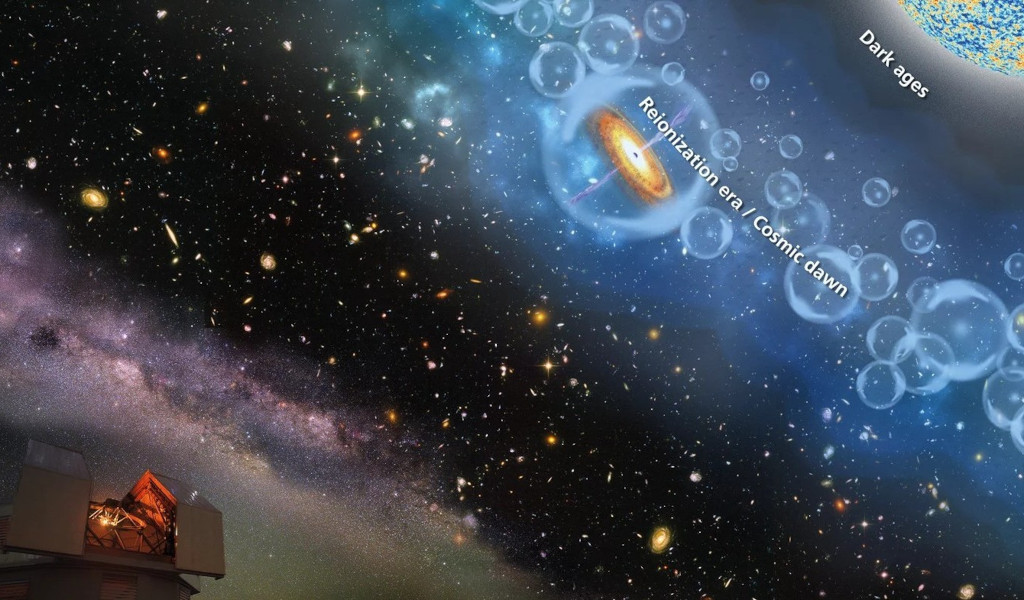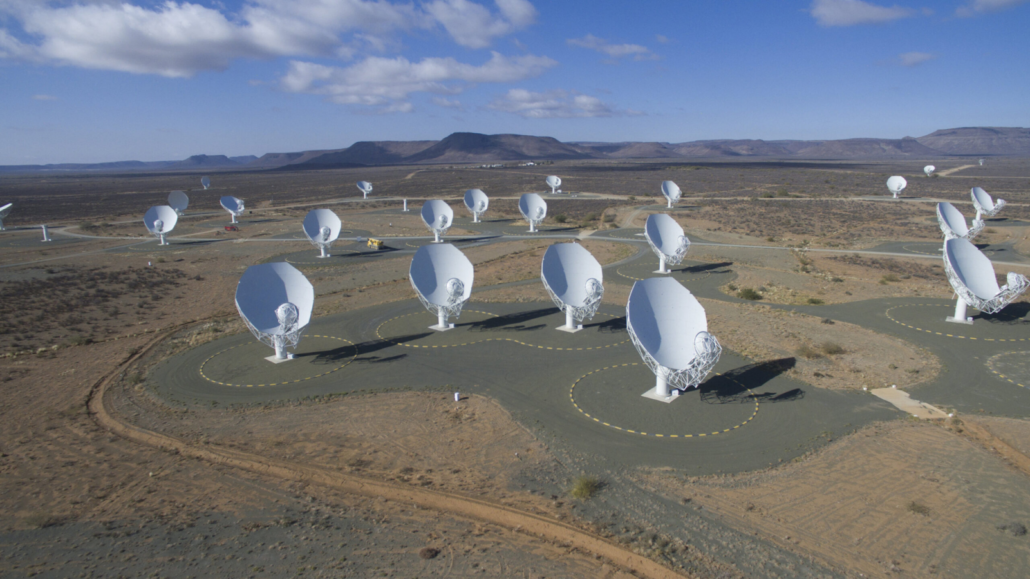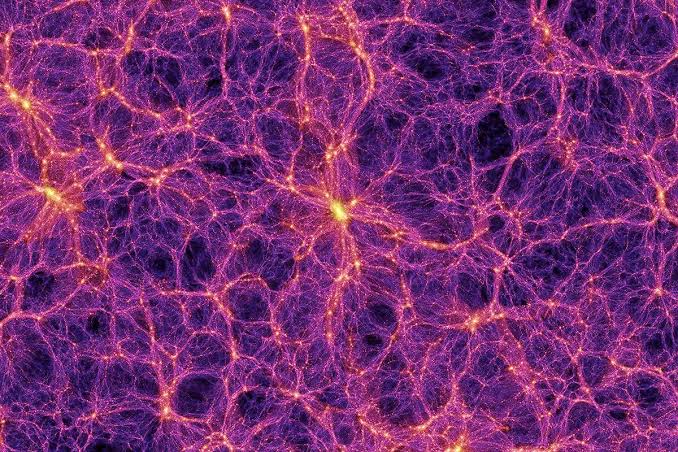Cosmology: Theory and Observation
The universe started from a big bang almost 14 billion years ago. After around a million year, the universe consisted of mainly neutral hydrogen gas. Because the gas did not emit much light, the period after around a million year is called the dark ages. The gas was almost homogeneous with small overdensities that gave rise to galaxies during the cosmic dawn. The stars from these galaxies ionized almost all intergalactic hydrogen during the epoch of reionization which ended around a billion year after the big bang.
We study these early phases of the universe using theoretical modeling, simulation and cosmological observations. For example, we use 21cmFAST to simulate the neutral hydrogen and work with the data of the LOFAR telescope to understand some systematic effects in the observations of the epoch of reionization.




